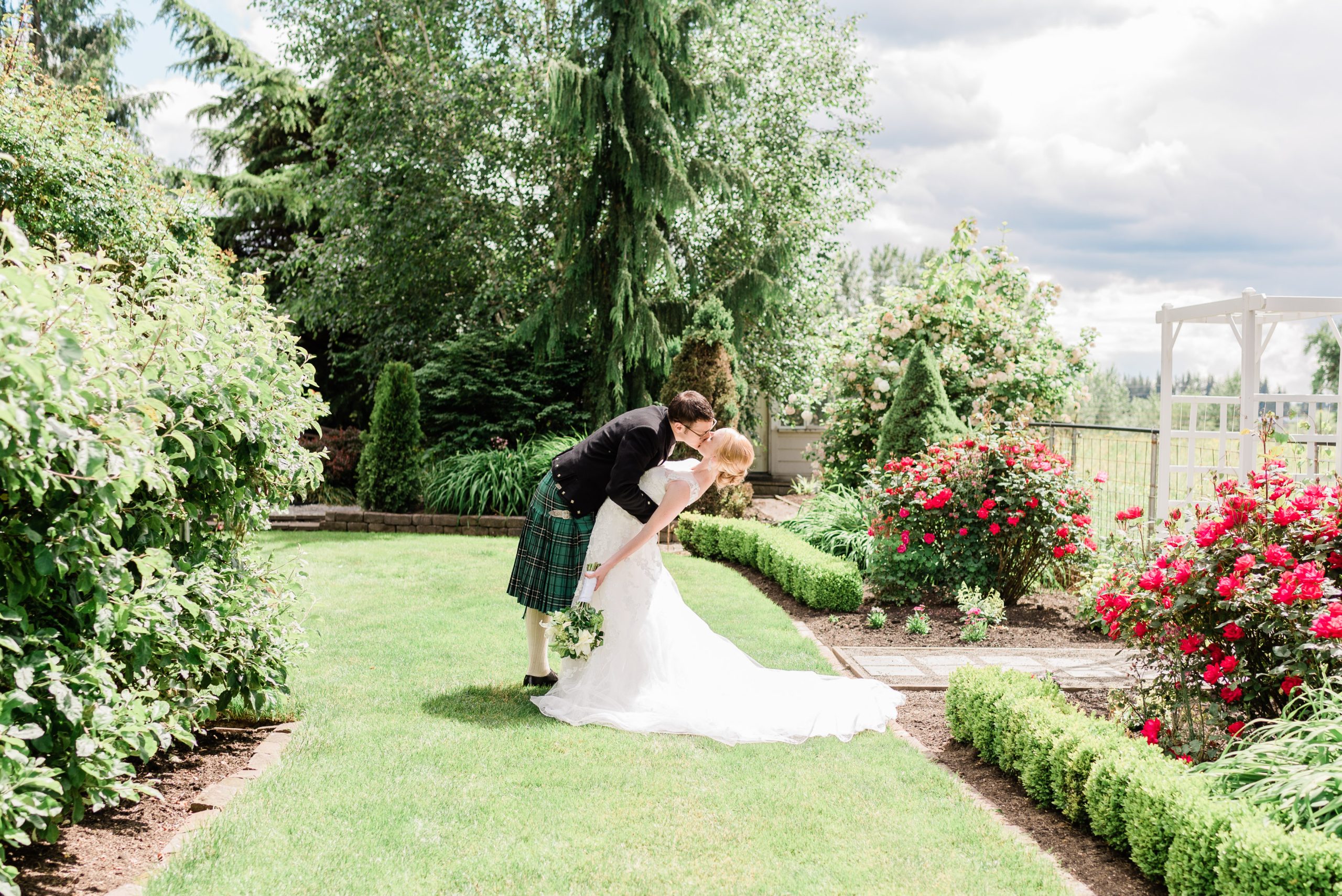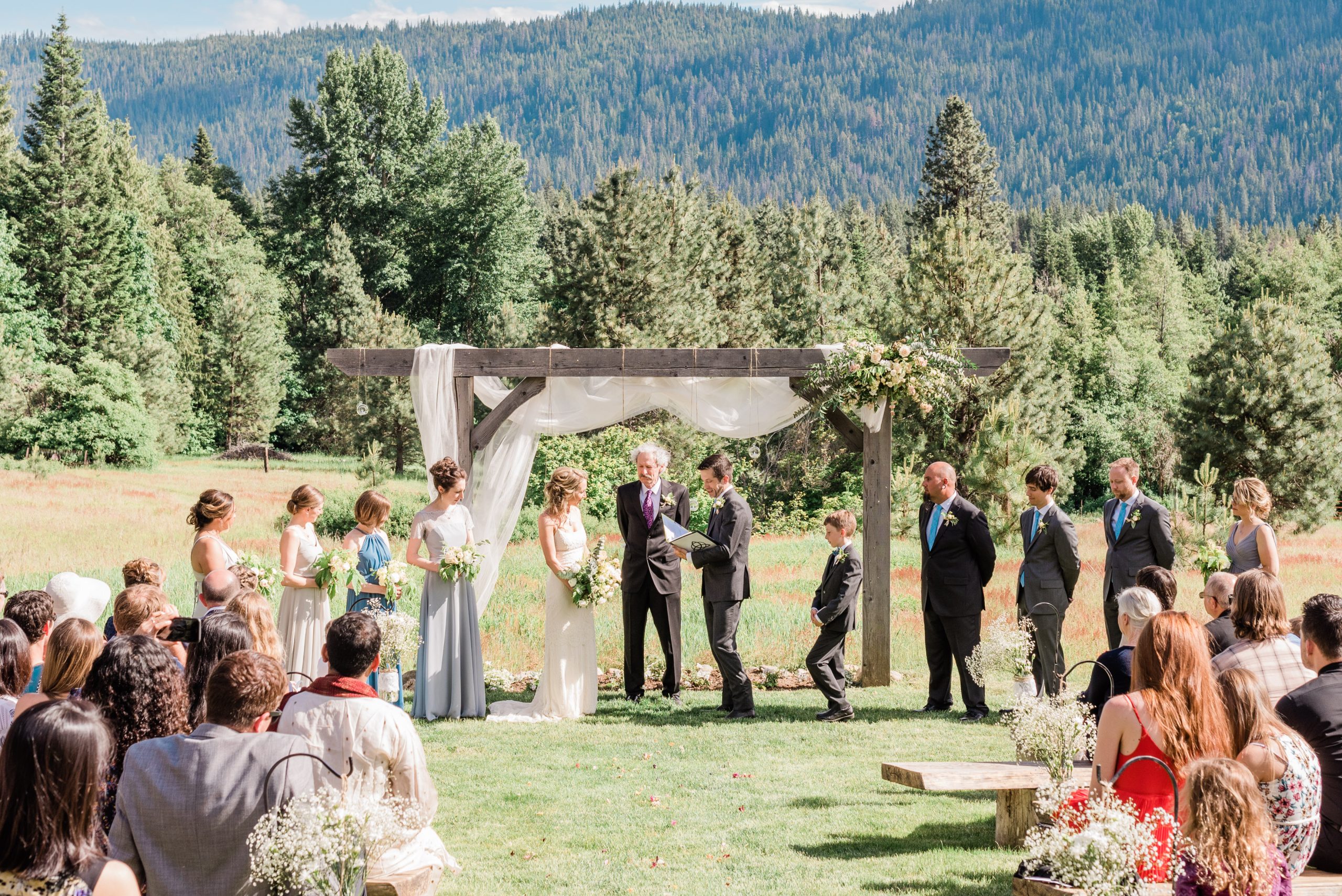
The first stages of a career as a wedding photographer need an intense interest in and familiarity with the event. If, like some others, you have a profound distaste for the actual ceremony, you really shouldn’t become engaged with wedding photography. The ability to think beyond the box is also crucial in this industry. The photos you take will reveal your skill level or lack thereof if either is inadequate.
There is no justification for low-quality gear when you are in charge of capturing a momentous occasion like a wedding. To achieve the necessary standard of excellence, this approach is inadequate. Keep in mind that these pictures will be looked at for the rest of their life. Don’t take advantage of their trust in you as a wedding photographer by employing shoddy gear.
Suppose you’ve thought about becoming a wedding photographer and want to know what you can do with a minimal setup. In that case, these three are must-have equipment recommendations from some of the best Seattle Wedding Photographers:
· Camera and wedding photography lenses:
The camera body you select might assist or hinder your growth as an artist and company owner. Invest in a camera with a quick shutter speed and low-light capability. Even though a full-frame sensor is better for wedding photography, a crop sensor may be used instead. This mostly affects lenses. A crop sensor only uses a fraction of the lens, reducing light collection and sensor area.
Recent cameras have far better low-light noise reduction technologies. Weddings usually take place in low-light conditions, no matter the season.
The majority of photographers nowadays simply have zoom lenses in their luggage. There won’t be as much time spent chasing out ideal shooting locations. Because prime lenses often have larger apertures, I find that I use them most of the time. The outcome is that the topic is visually isolated from the rest of the image. Your ability to capture attention will increase. This photography technique allows you to more effectively communicate a narrative via your photographs by producing striking photos with few extraneous elements.
Lenses with a focal length range of 24-200 millimeters are ideal for wedding photography. The ceremony and the reception may be captured in their entirety with a 24mm lens, while a 200mm lens can get up and personal with the happy couple even if they’re standing at the rear of the church.
· Batteries, chargers, and memory cards:
Batteries are much simpler. Flashes and receivers will need batteries. Buy trustworthy camera batteries. Stock up. Temperature and other environmental variables may damage batteries. You don’t want a dead battery during a wedding. Instead, get extra batteries and chargers, so you’re always prepared. You can charge batteries quicker if you have more chargers, but you can also bring a charger to a wedding if you need to.
Memory cards may not be the first thing you think of when you think of wedding photography equipment for beginners, but they’re vital. Memory card quality varies. You may be tempted to select a cheaper card, but doing so might cost you more.
· Flashes and accessories:
Wedding photography requires an off-camera flash. You must be swift on a stand or an assistant’s arm. Practice the controls at home and perform lots of testing, so the bride and groom aren’t waiting.
Speedlights with TTL and wireless remotes, like Pocket Wizards, work well. Speedlights are portable yet less powerful than studio monolights. Three or more speed lights may be remote-controlled. Radio triggers them. You can place one inside a structure or around a corner, and it will still shoot via remote. Mastering it needs a lot of practice. Make sure a speed light’s flash head rotates so you may use it as an on-camera bounce flash.

Softboxes and umbrellas are significant off-camera flash equipment. Softboxes are better for location photography than umbrellas, which blow over easily. You can acquire sandbags for them, but carrying additional weight daily isn’t practical. You should minimize equipment. A portable softbox is an excellent choice. Use assistance or a flash stand to hold this. A single off-camera flash with a diffuser may produce a wonderful couple of photographs. It ‘pops’ the subject from its backdrop to produce a more vibrant picture. This helps when the weather is bad. Even on a gloomy day, you can make wonderful photos.
With precise positioning, a single off-camera flash may provide outstanding photos. Use 2-3 flashes. Off-camera flash may provide rim lighting and highlight surfaces and the subject. Flash gels may be used to produce red or blue light. Flash gels balance the flash with tungsten or ambient fluorescent light.

